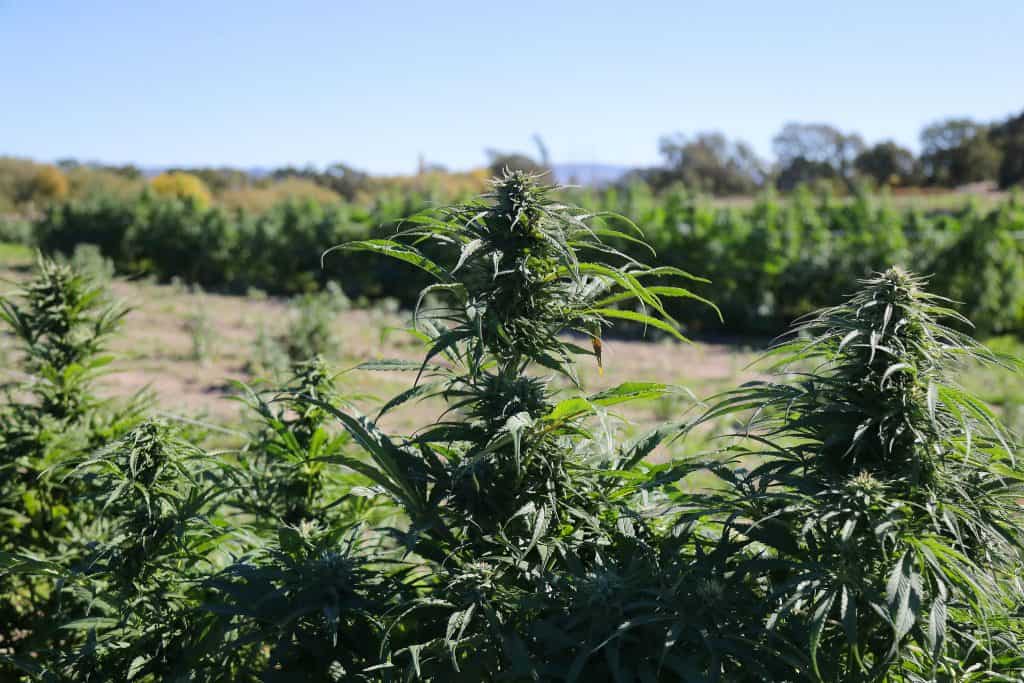Valerie Corral spent days after the Santa Cruz mountains were set on fire by lightning, not knowing if the cannabis she was growing for sick people was still there. In 1993, Valerie became a co-founder of the country’s first medicinal cannabis collective called the Wo/Men’s Alliance for Medical Marijuana (WAMM).
The one-acre collective crop of medical marijuana is located deep in the forests of unincorporated southern Santa Cruz County on the site of a former Boy Scout camp. In fact, the fire of the CZU lightning complex approached but passed the forest.
When FDA officials raided the farm and arrested Valerie and her husband in 2002, an army of the diseased rallied to protect them. The Santa Cruz officials did the same. They sued the Drug Enforcement Administration and the Department of Justice for a raid on a community organization covered by California’s landmark 1996 Medical Marijuana Legalization Act, Proposition 215, which Mrs Corral helped to develop. A federal judge required the DEA to leave WAMM alone.
Corral’s difficulties with Proposition 64, the law she opposed, resonated with other manufacturers – recreational and medical – across the state. Last year, the state’s Cannabis Advisory Committee warned Gov. Gavin Newsom and state legislators that the market was fraught with onerous regulations, high taxes, and problems with local permits.
By some estimates, at least 80 percent of the marijuana grown and sold in California is released on the black market. California sold $3.1 billion worth of legal cannabis in 2019, making it the world’s largest legal cannabis market. Not long before marijuana became legal, the biggest threat to outdoor cannabis cultivation was the law. Now it is a constellation of weather-related disasters caused by climate change: drought, overheat and intense fires. Sometimes, it takes weeks and thousands of firefighters to deal with such fire.
The August fire in Northern California is the last largest case in state history. As of October 5, more than a million acres of land have been burned. He has jeopardized the legendary Mecca of cannabis known as the Emerald Triangle: three counties – Mendocino, Humboldt and Trinity make up the largest concentration of marijuana farms in the country. In tiny, forested townships, marijuana growers ignore evacuation orders as if they were a bar call. Despite firefighters warnings, most cannabis producers remained behind to protect their crops from fire and thieves, law enforcement officials said.


